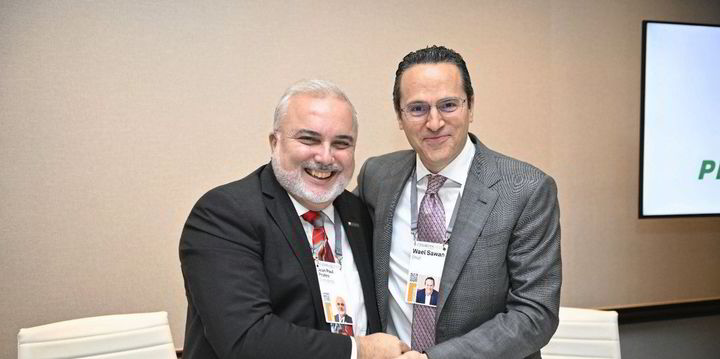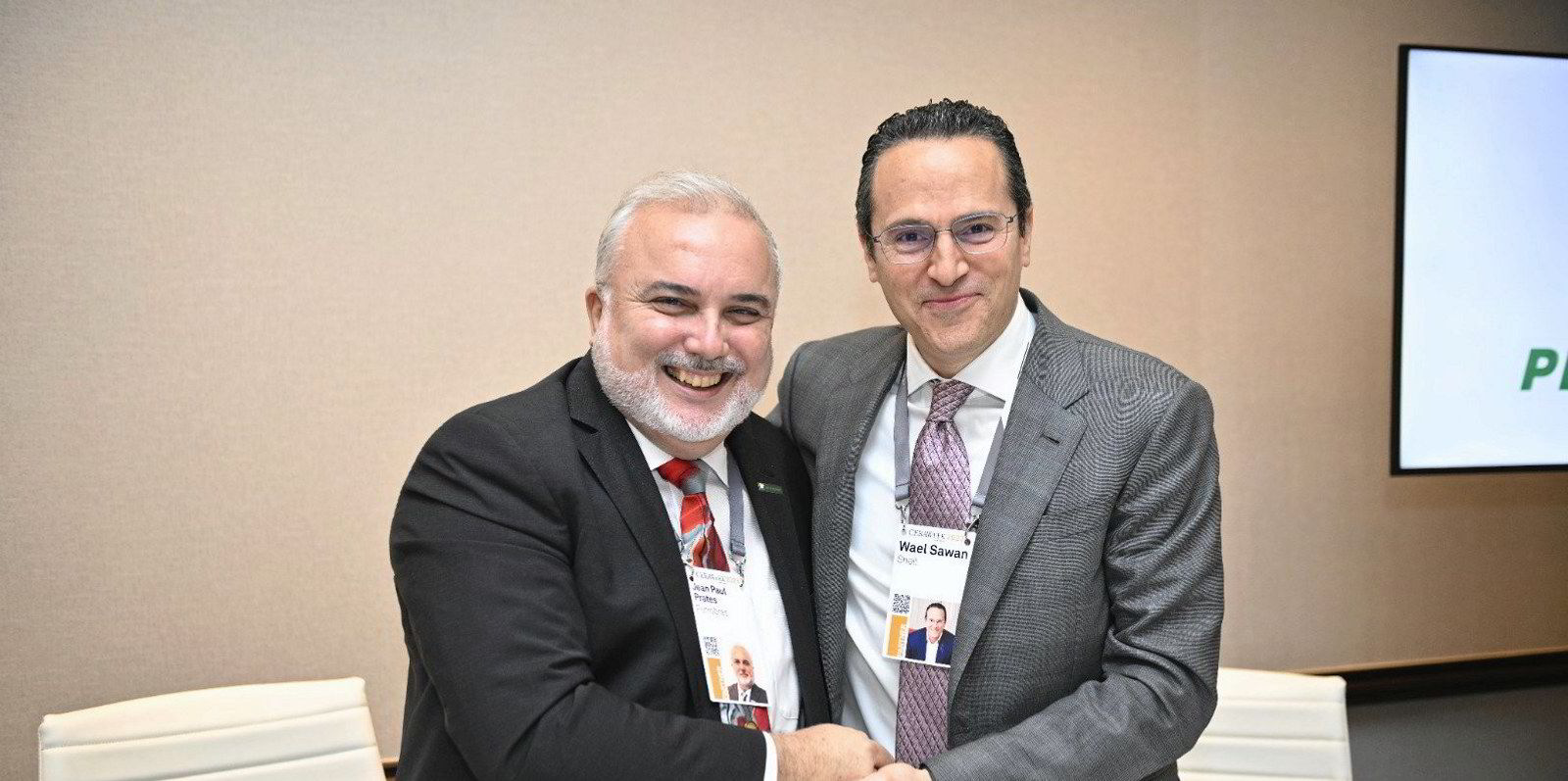Brazilian oil giant Petrobras is preparing a pilot project for the capture and storage of industrial carbon dioxide emissions and is looking to build partnerships for a first full-scale CCS hub for the country.
While international peers such as ExxonMobil, Chevron, BP and Equinor are already working toward industrial CCS projects in the US and in Europe, Petrobras has so far limited its activities to carbon capture usage and storage directed to enhanced oil recovery in the pre-salt — albeit on a very large scale — where separated or unseparated CO2 is reinjected to maintain reservoir pressure.
This is set to change, however, as Petrobras is now working on an unprecedented plans for a CO2 capture and geological storage (CCS) hub in partnership with other companies.
In its fully implemented form, the project will involve construction of CO2 flow infrastructure from capture sites in industrial facilities with permanent storage in a saline aquifer reservoir for 25 million tonnes per year.
The project will begin in pilot form, sequestering up to 100,000 tonnes per annum of CO2 from a Petrobras-owned natural gas processing facility at Cabiunas, in the state of Rio de Janeiro, according to the company’s executive manager for reservoirs, Tiago Homem.
This pilot project will serve as a testing ground for developing the geological aspects of carrying out CCS in a saline aquifer environment and will involve geophysical studies at least one drilling operation and research on storage sealing.
Article continues below the advert
“We expect to see this project approved this year and ongoing studies will define exactly when it takes place,” Homen said.
These operations will aimed to provide technical information for the project itself but, crucially, are intended to help legislators and regulators to build up the framework for such activities, Homen told Upstream, shortly before presenting the project to the Offshore Technology Conference (OTC) in Houston on Monday.
In a wider perspective, the goal is to contribute to the reduction of greenhouse gas emissions generated not only by Petrobras’ operations but also by other industrial segments in the country.
Prates effect
Added impetus is provided by current chief of executive of Petrobras, Jean Paul Prates who, during his time as a senator, sponsored three different bills purporting to build regulatory frameworks for offshore wind and hydrogen and for CCS.
Under Prates, Petrobras is showing increased interest in renewables and decarbonisation of operations.
In March, for example, the company signed a memorandum of understanding with Equinor for the evaluation of up to seven offshore wind farms in Brazil, with potential to generate up to 14.5 gigawatts.
The CCS bill has not yet cleared Congress and, Homen acknowledges, will need implementing legislation to flesh out the regulatory framework for the sector, but stresses that Petrobras has its a contribution to make.
“There are three tasks in the frame for us. Firstly, the regulation needs to be right, and this critical time, the pilot project aims to contribute,” he told Upstream.
“Secondly we need to find the saline aquifers: these are found in the Campos and Santos basins, as well as some additional possibilities onshore. We are laying the ground for the third task which is building a large scale hub in Rio de Janeiro,” Homen said.
Industrial partners and clients
The pilot project is intended to last for two years, but is intended to pave the way for the longer-term project handling CO2 from a mix of Petrobras operations and hard-to-abate industries.
“We will certainly be looking for partners to aggregate value,” said Petrobras director for engineering technology and innovation Carlos Travassos.
The partners are likely to include peer oil and gas companies, he added, pointing to specialised capabilities in carbon capture and monetisation of reservoirs and a vocation for offshore operations in exploration and production carried out to high safety standards.
The most likely partner at this stage is Shell, as CCS is one of the topics under discussion since the pair signed in March a five-year Memorandum of Understanding to work together on upstream opportunities, reducing carbon emissions and on ESG initiatives.
“The CCS business model is complex and brings together different companies and this certainly includes oil and gas companies. The MoU points to Shell as a possible partner, and discussion have started, but it is just an MoU for now,” Travassos said.
“We expect that some of the big emitters in hard-to-abate industries but we also expect some third party emitters to pay for storage as customers,” he added.
Pipeline choices
Among its options for transporting CO2, Petrobras is looking at repurposing existing pipelines, given the proximity of the Campos and Santos basins to hubs of hard-to-abate industries such as the Cubatao complex, Sao Paulo state, but new pipelines are also under study.
In regulatory terms, an expansion into industrial CCS for third party emitters represents a departure from Petrobras’ tradition role to find and develop hydrocarbon resources for Brazil and may require changes to the company’s own statute.
“I always say that the only reason for capture and storage of CO2 is climate change as it only brings cost. These are questions for society as a whole to decide in terms of what it is is disposed to pay in order to prevent emissions,” Travassos added.
“But even though the regulatory framework or business model is not in place yet, we are ready to go forward with our pilot project. We want to be a protaganist and contribute to regulatory purposing,” he added.
EOR role
The industrial CCS project will represent a major departure for Petrobras in shifting from what Travassos calls a “first step” toward CCS.
Developing pre-salt fields such as Tupi and Mero resulted in a record 10.6 million tonnes of CO2 reinjected in 2022, which corresponds to approximately 25% of the total reinjection capacity in the world, according to Petrobras.
For the next few years, Petrobras has targeted reinjection of 80 million tonnes of CO2 reinjected through 2025, double a previous target.
The company also expects to incorporate this CCUS technology in seven additional loating production storage and offloading units to be deployedby 2025, in addition to the 21 floating production, storage and offloading vessels already making use of such technology.

